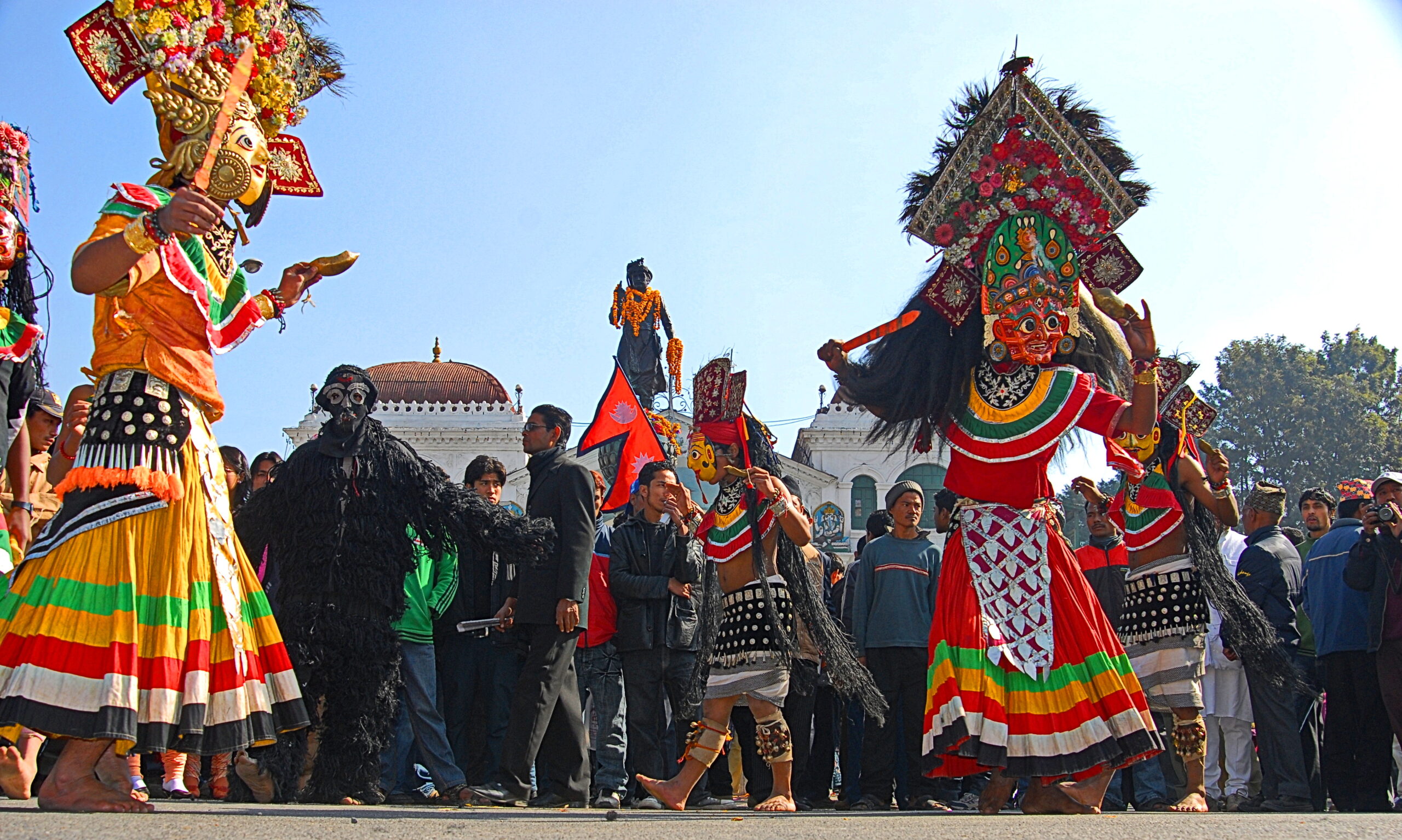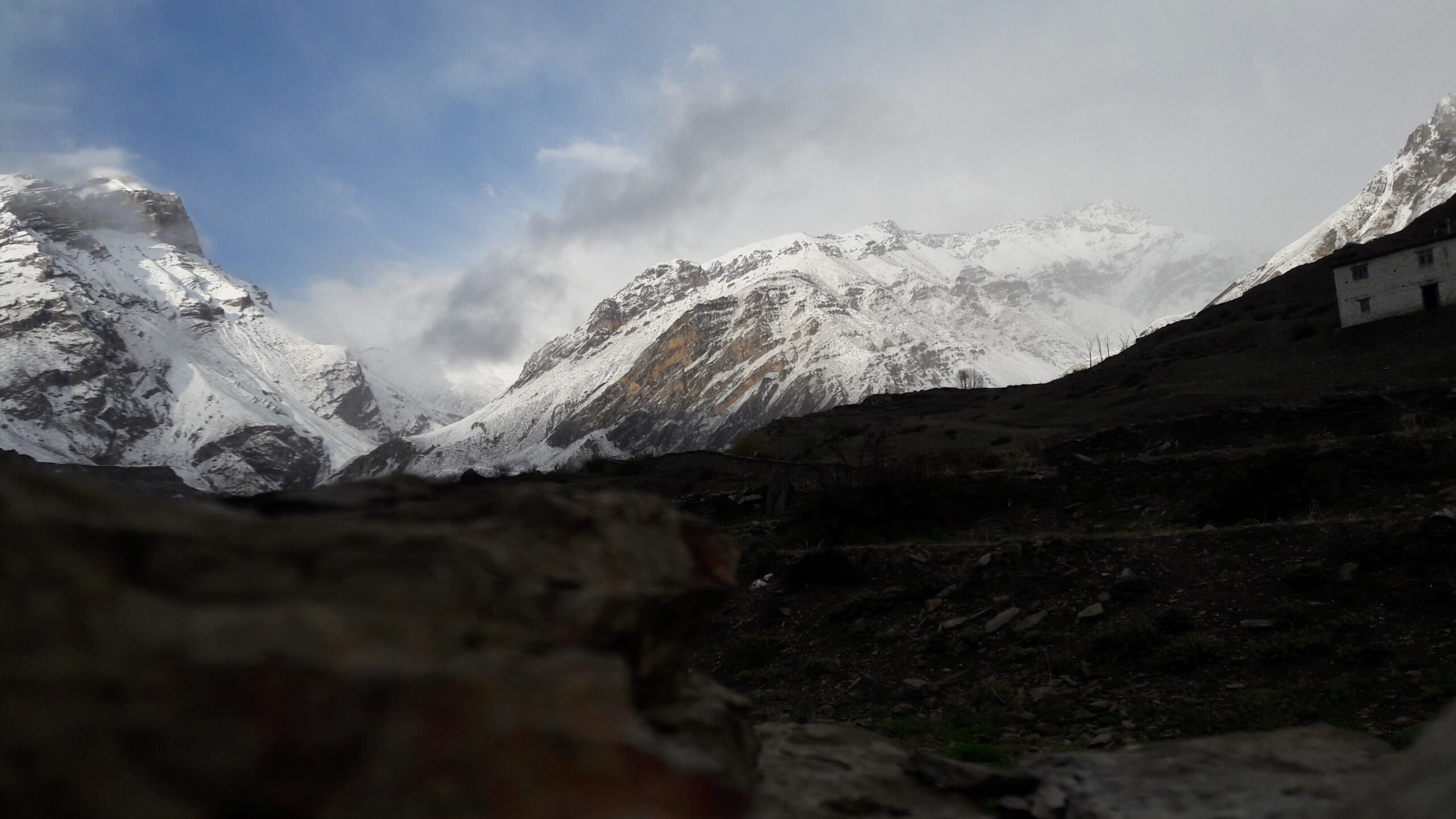


Unveiling Nepal’s Rich Cultural Tapestry
Nepal is known for its numerous festivals, each celebrating different aspects of life and nature. One of the most prominent festivals is Dashain, which marks the victory of good over evil. Families come together to worship the goddess Durga, partake in feasts, and receive blessings. The festival lasts for fifteen days, filled with rituals, kite flying, and swinging on traditional bamboo swings.
Another significant festival is Tihar, also known as the festival of lights. During Tihar, homes are decorated with oil lamps and colorful rangolis to welcome Laxmi, the goddess of wealth. The festival also honors animals such as crows, dogs, cows, and oxen, recognizing their importance in human life. Nepal’s architecture is a testament to its rich history and spiritual depth. The Kathmandu Valley alone boasts seven UNESCO World Heritage Sites. The Pashupatinath Temple, located on the banks of the Bagmati River, is one of the holiest Hindu shrines. It is a sprawling complex of temples and ashrams where devotees come to worship Lord Shiva.
Boudhanath Stupa, one of the largest stupas in the world, is a significant pilgrimage site for Buddhists. Its massive mandala and the eyes of Buddha painted on its spire are iconic symbols of peace and enlightenment. Walking around the stupa, you’ll encounter monks in maroon robes, spinning prayer wheels, and the soothing hum of mantras. The medieval city of Bhaktapur is another cultural gem, with its well-preserved palace courtyards, temples, and traditional houses. The Nyatapola Temple, a five-story pagoda, stands as a marvel of engineering and artistry from the Malla period.

